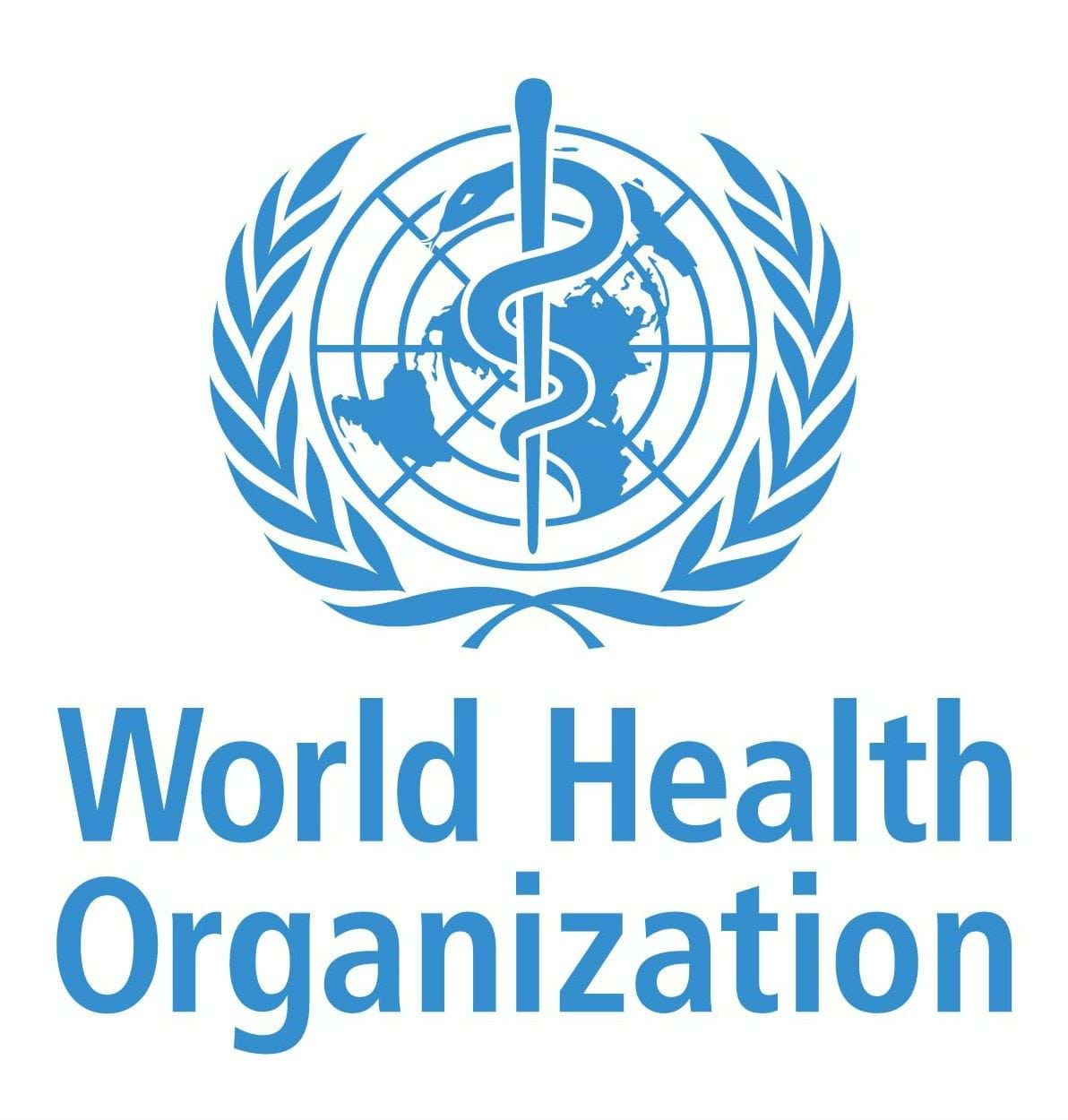Connectedness, Positive Values, Contribution
Adolescent Well-being: Background Papers for Multi-stakeholder Consultations

Overview
Connectedness, positive values and contributions are essential building blocks for adolescent well-being. For a long time, the focus on adolescent health programming had been on reducing problem behavior, but over the past generation programming has shifted focus to adolescent well-being and the dimensions that comprise that construct. In the present paper we explore the evidence that supports the focus on three dimensions: connectedness, positive values and contributions. The evidence is compelling that where young people feel connected with parents, peers and communities and schools they benefit in numerous ways including improved mental health, self-esteem, less violence involvement and less substance use. The evidence is equally compelling as to the elements of programs that potentiate these building blocks for achieving well-being: 1) Community including prosocial adults, non-parental mentors and role-models, opportunities for youth engagement and school engagement and supports. 2) Positive neighborhoods provide safety and structure; belonging and group membership; personal empowerment; voice; competence; closeness with peers and nurturing adults. 3) Positive parenting includes connectedness with at least one parent or caregiver, emotional availability and responsiveness, high behavioral and educational expectations, behavioral monitoring. 4) School connectedness which is the belief by students that adults care about their learning as well as about them as individuals. The essential ingredients include a) high academic expectations coupled with support; b) positive adult-student relationships; c) both physical and emotional safety. 5) Contributions involve age-appropriate skills, opportunities to engage at every level from family to global engagement, and the recognition from adults for the contributions made. 6) Positive values are those values that each community sees as having pro-social benefits that include caring, equality, and social justice, integrity, honesty, responsibility , empathy and restraint. In this paper we provide examples of programming that represent many of these critical elements as well as tools by which to assess impact of such programs.

.png?sfvrsn=6d0e27cd_1)



